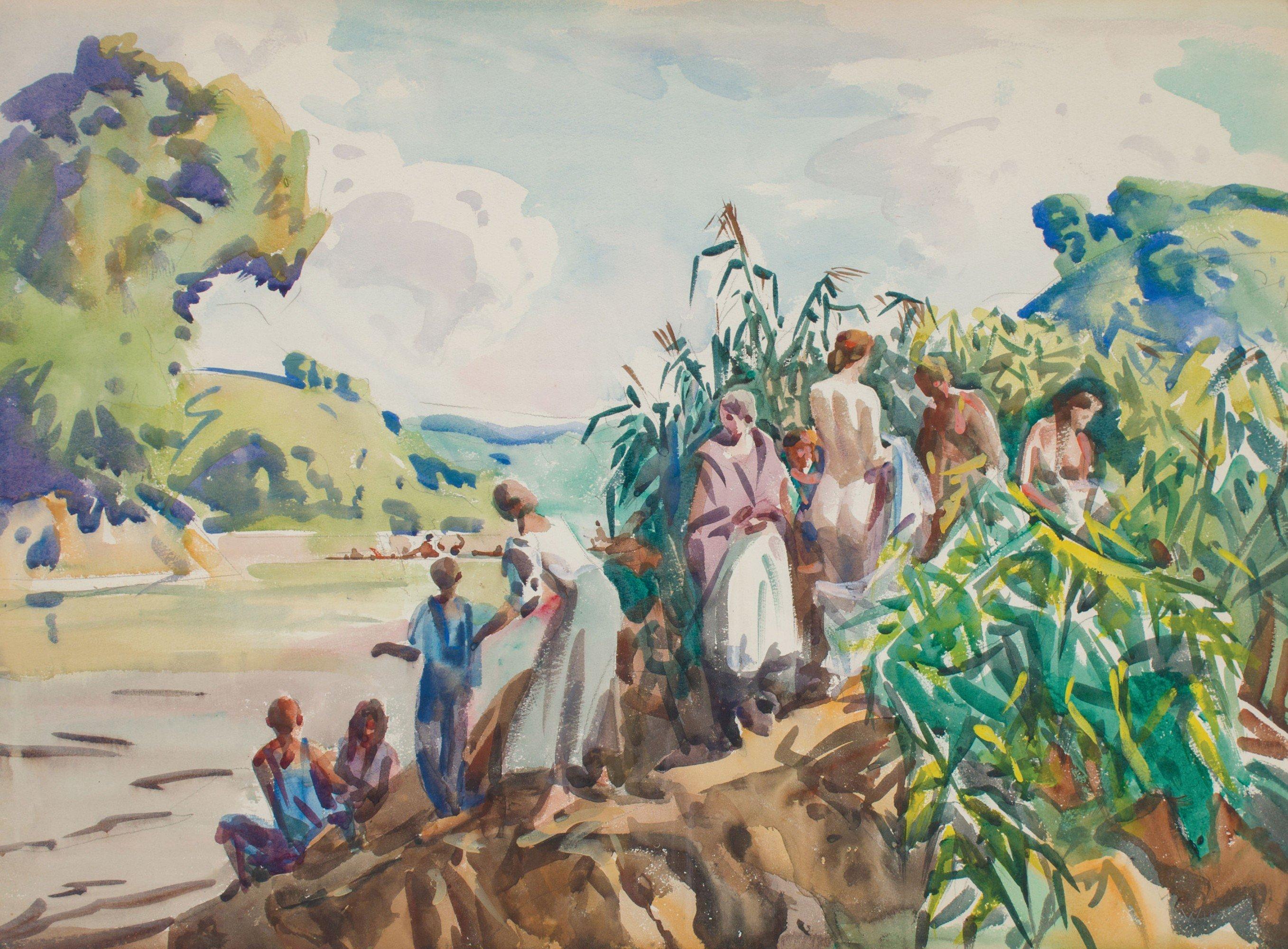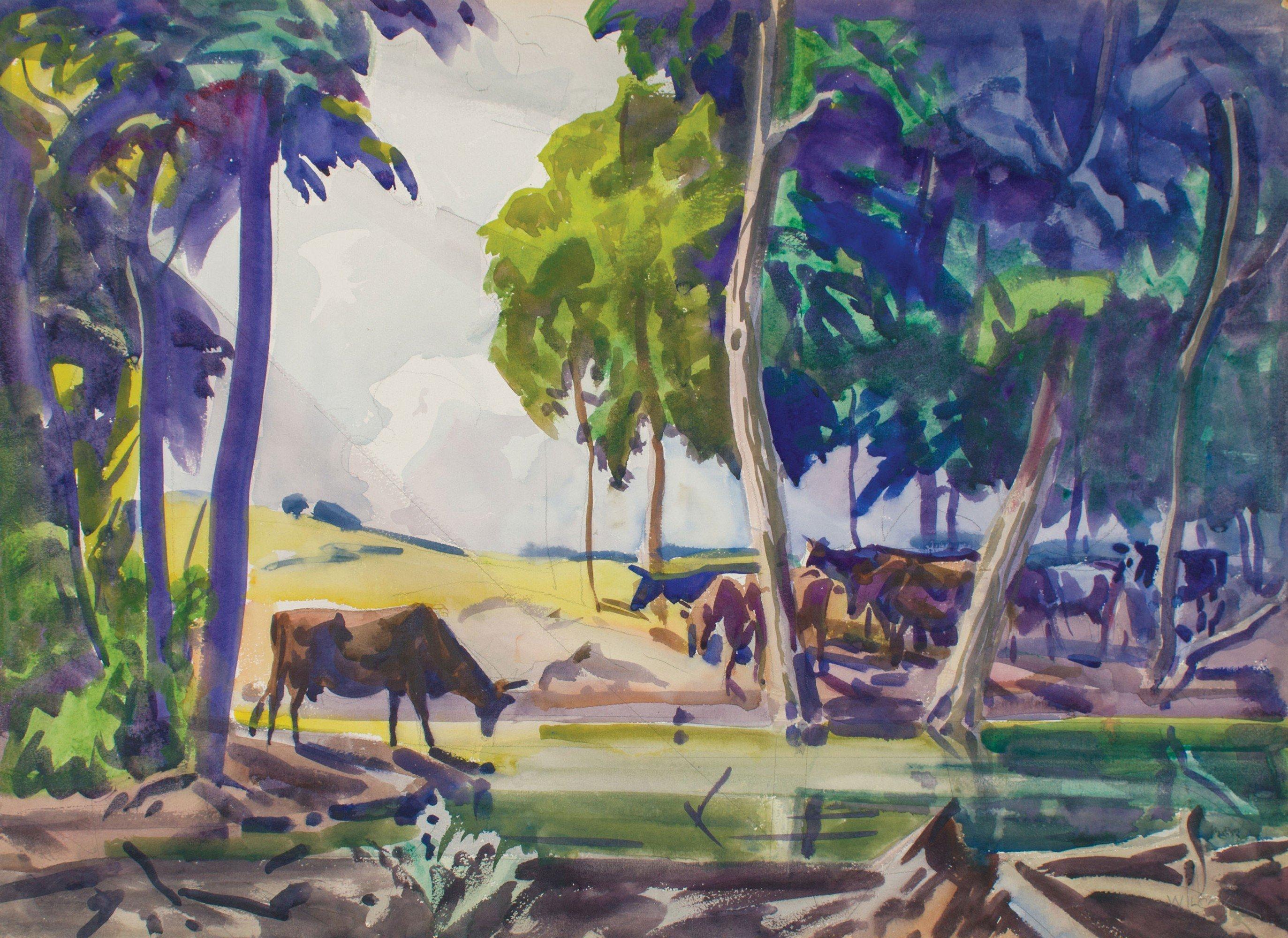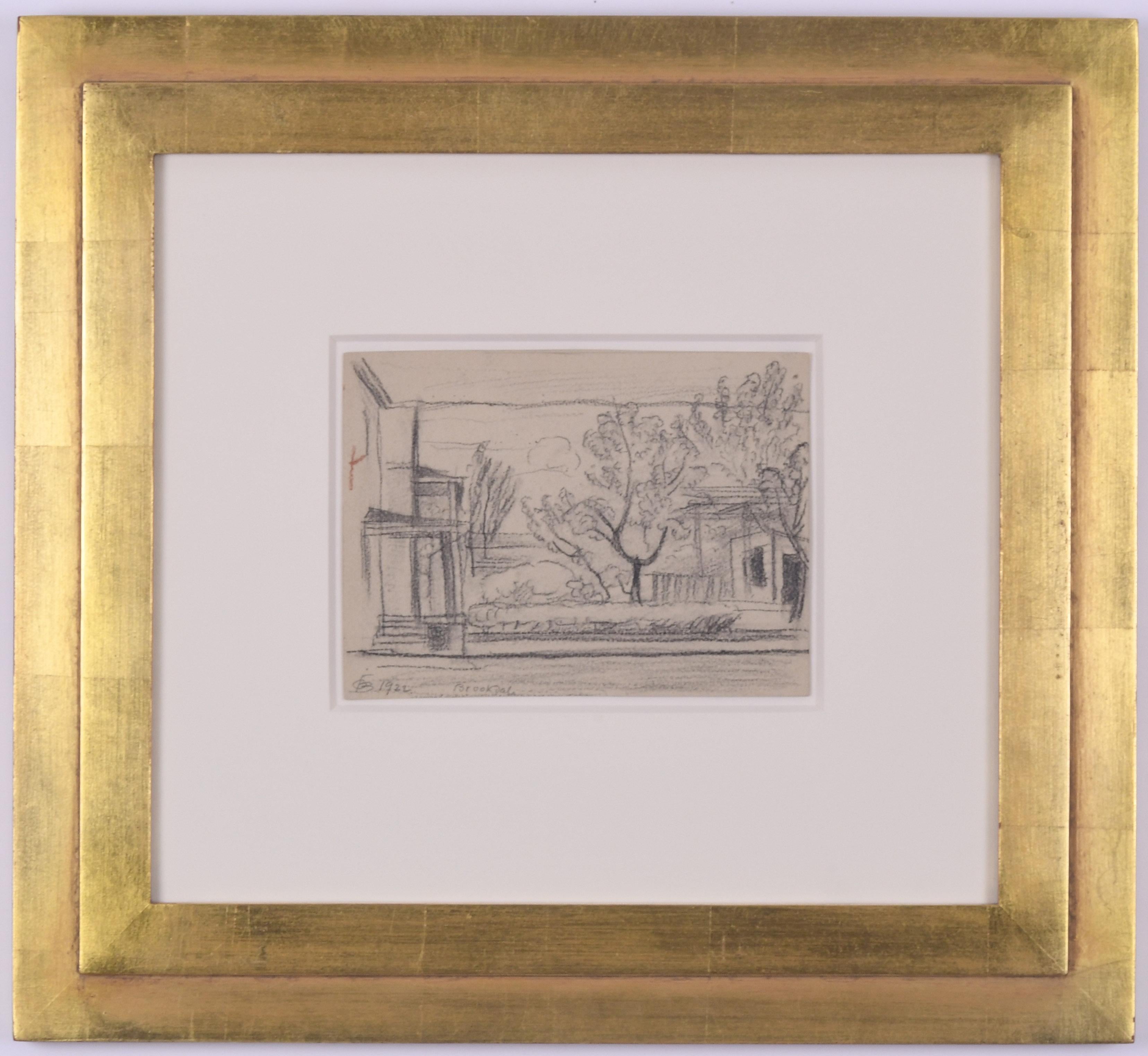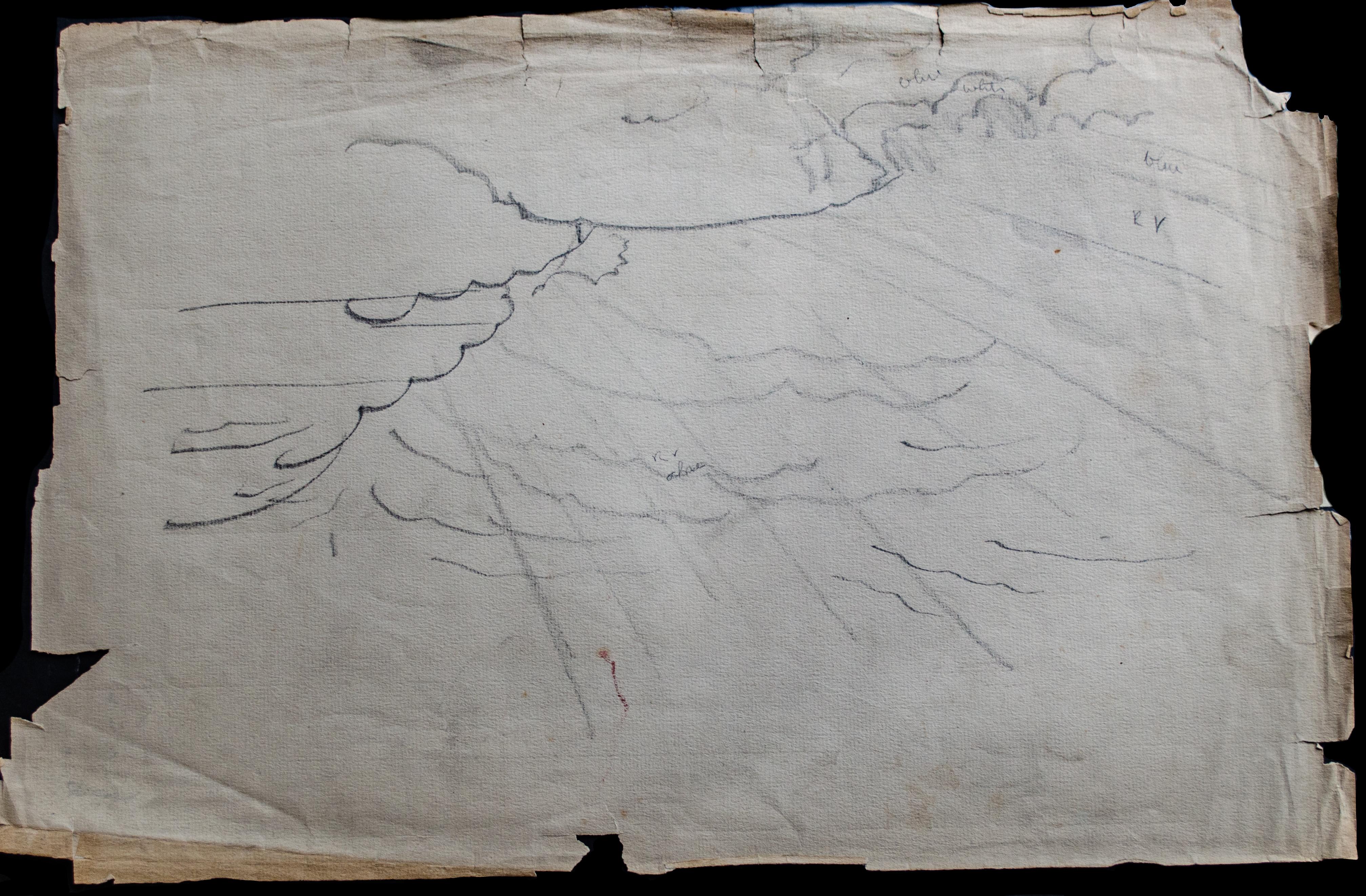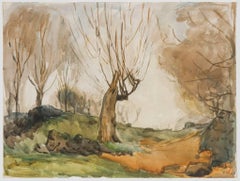
Neighborhood Street Scene, Graphite Drawing, Circa 1960s
View Similar Items
1 of 2
Hugh WileyNeighborhood Street Scene, Graphite Drawing, Circa 1960sCirca 1960s- 1970s
Circa 1960s- 1970s
About the Item
- Creator:Hugh Wiley (1922 - 2013, American)
- Creation Year:Circa 1960s- 1970s
- Dimensions:Height: 7 in (17.78 cm)Width: 7.75 in (19.69 cm)Depth: 0.07 in (1.78 mm)
- Medium:
- Movement & Style:
- Period:
- Condition:Minor wear.
- Gallery Location:San Francisco, CA
- Reference Number:Seller: 893261stDibs: LU29823290231
You May Also Like
- Untitled (Tree)By Fred NaglerLocated in Dallas, TXFred Nagler was born in 1891 in Springfield, Massachusetts, where he first studied wood carving. From 1914 to 1917, he studied at The Art Students League of New York, where his prof...Category
20th Century American Modern Landscape Drawings and Watercolors
MaterialsGraphite, Paper, Watercolor
- UntitledBy Fred NaglerLocated in Dallas, TXFred Nagler was born in 1891 in Springfield, Massachusetts, where he first studied wood carving. From 1914 to 1917, he studied at The Art Students League of New York, where his prof...Category
20th Century American Modern Landscape Drawings and Watercolors
MaterialsGraphite, Paper, Watercolor
- Vintage Colorado Mountain Landscape, Original Framed Modernist Graphite DrawingBy Boardman RobinsonLocated in Denver, COOriginal graphite on paper drawing by Boardman Robinson depicting a Colorado mountain landscape. Signed by the artist lower right with an ...Category
20th Century American Modern Landscape Drawings and Watercolors
MaterialsPaper, Graphite
- Jan Matulka VIEW OF THE BRONX Watercolor American Modern NYC 20th CenturyBy Jan MatulkaLocated in New York, NYVIEW OF THE BRONX Watercolor American Modern Modernism NYC 20th Century Drawing. Jan Matulka (1890 – 1972) "View of the Bronx," 15 x 20 inches. Watercolor on paper, c. 1920s. Signed lower Right. In 1907, he came to the Bronx, New York where he had a poverty-ridden childhood with a mother who tried to raise a family by herself. From 1908 to 1917, he studied at the National Academy of Design, and in 1917, received the first Pulitzer Traveling Scholarship with which he traveled and painted in the Southwest and Florida. His work from this period showed a turning towards a more abstract style, replacing his earlier realism. In 1919, he first went to Paris and then returned in 1927 on a scholarship from the National Academy. In Paris, he was exposed to Cubism, and his painting after that seemed always to carry that influence. He had his first one-man exhibit in New York City in 1925, and by 1930, he and Davis were experimenting with their version of Cubism. Concurrently for New Masses, a communist magazine, he did satiric illustrations expressing his sympathy for the working classes, and from 1929 to 1931, he taught at the Art Students League where he inspired emerging modernists such as David Smith, Dorothy Dehner, and I Rice...Category
1920s American Modern Landscape Drawings and Watercolors
MaterialsWatercolor, Graphite, Paper
- 1930s Graphite Drawing, American Modern City Scene of Houses on a Hill, ColoradoBy Charles Ragland BunnellLocated in Denver, COGraphite on paper drawing of houses on a hill by Charles Ragland Bunnell (1897-1968) circa 1935. Presented in a custom hardwood frame with all archi...Category
1930s American Modern Landscape Drawings and Watercolors
MaterialsPaper, Graphite
- Crashing Waves on Atlantic Coast, Mid-century Seascape, Cleveland School ArtistBy Frank WilcoxLocated in Beachwood, OHFrank Nelson Wilcox (American, 1887-1964) Crashing Waves on the Atlantic Coast, 1957 Watercolor and graphite on paper Signed and dated lower right 22 x 29 inches Frank Nelson Wilcox (October 3, 1887 – April 17, 1964) was a modernist American artist and a master of watercolor. Wilcox is described as the "Dean of Cleveland School painters," though some sources give this appellation to Henry Keller or Frederick Gottwald. Wilcox was born on October 3, 1887 to Frank Nelson Wilcox, Sr. and Jessie Fremont Snow Wilcox at 61 Linwood Street in Cleveland, Ohio. His father, a prominent lawyer, died at home in 1904 shortly before Wilcox' 17th birthday. His brother, lawyer and publisher Owen N. Wilcox, was president of the Gates Legal Publishing Company or The Gates Press. His sister Ruth Wilcox was a respected librarian. In 1906 Wilcox enrolled from the Cleveland School of Art under the tutelage of Henry Keller, Louis Rorimer, and Frederick Gottwald. He also attended Keller's Berlin Heights summer school from 1909. After graduating in 1910, Wilcox traveled and studied in Europe, sometimes dropping by Académie Colarossi in the evening to sketch the model or the other students at their easels, where he was influenced by French impressionism. Wilcox was influenced by Keller's innovative watercolor techniques, and from 1910 to 1916 they experimented together with impressionism and post-impressionism. Wilcox soon developed his own signature style in the American Scene or Regionalist tradition of the early 20th century. He joined the Cleveland School of Art faculty in 1913. Among his students were Lawrence Edwin Blazey, Carl Gaertner, Paul Travis, and Charles E. Burchfield. Around this time Wilcox became associated with Cowan Pottery. In 1916 Wilcox married fellow artist Florence Bard, and they spent most of their honeymoon painting in Berlin Heights with Keller. They had one daughter, Mary. In 1918 he joined the Cleveland Society of Artists, a conservative counter to the Bohemian Kokoon Arts Club, and would later serve as its president. He also began teaching night school at the John Huntington Polytechnic Institute at this time, and taught briefly at Baldwin-Wallace College. Wilcox wrote and illustrated Ohio Indian Trails in 1933, which was favorably reviewed by the New York Times in 1934. This book was edited and reprinted in 1970 by William A. McGill. McGill also edited and reprinted Wilcox' Canals of the Old Northwest in 1969. Wilcox also wrote, illustrated, and published Weather Wisdom in 1949, a limited edition (50 copies) of twenty-four serigraphs (silk screen prints) accompanied by commentary "based upon familiar weather observations commonly made by people living in the country." Wilcox displayed over 250 works at Cleveland's annual May Show. He received numerous awards, including the Penton Medal for as The Omnibus, Paris (1920), Fish Tug on Lake Erie (1921), Blacksmith Shop (1922), and The Gravel Pit (1922). Other paintings include The Trailing Fog (1929), Under the Big Top (1930), and Ohio Landscape...Category
1950s American Modern Figurative Drawings and Watercolors
MaterialsGraphite, Watercolor
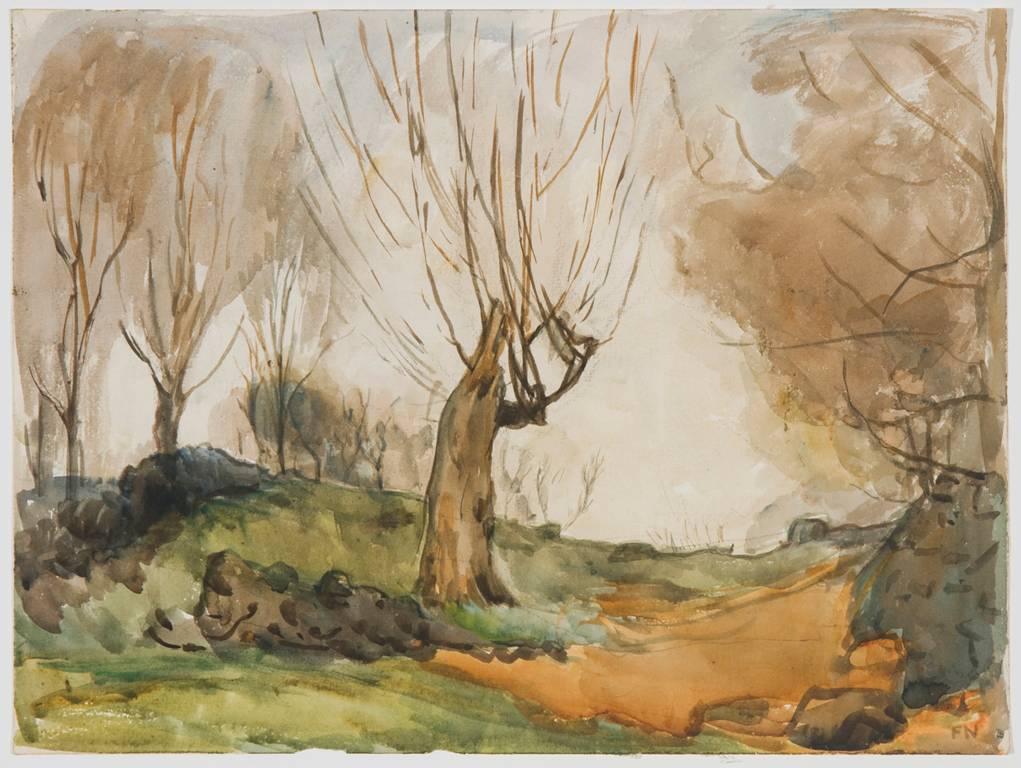

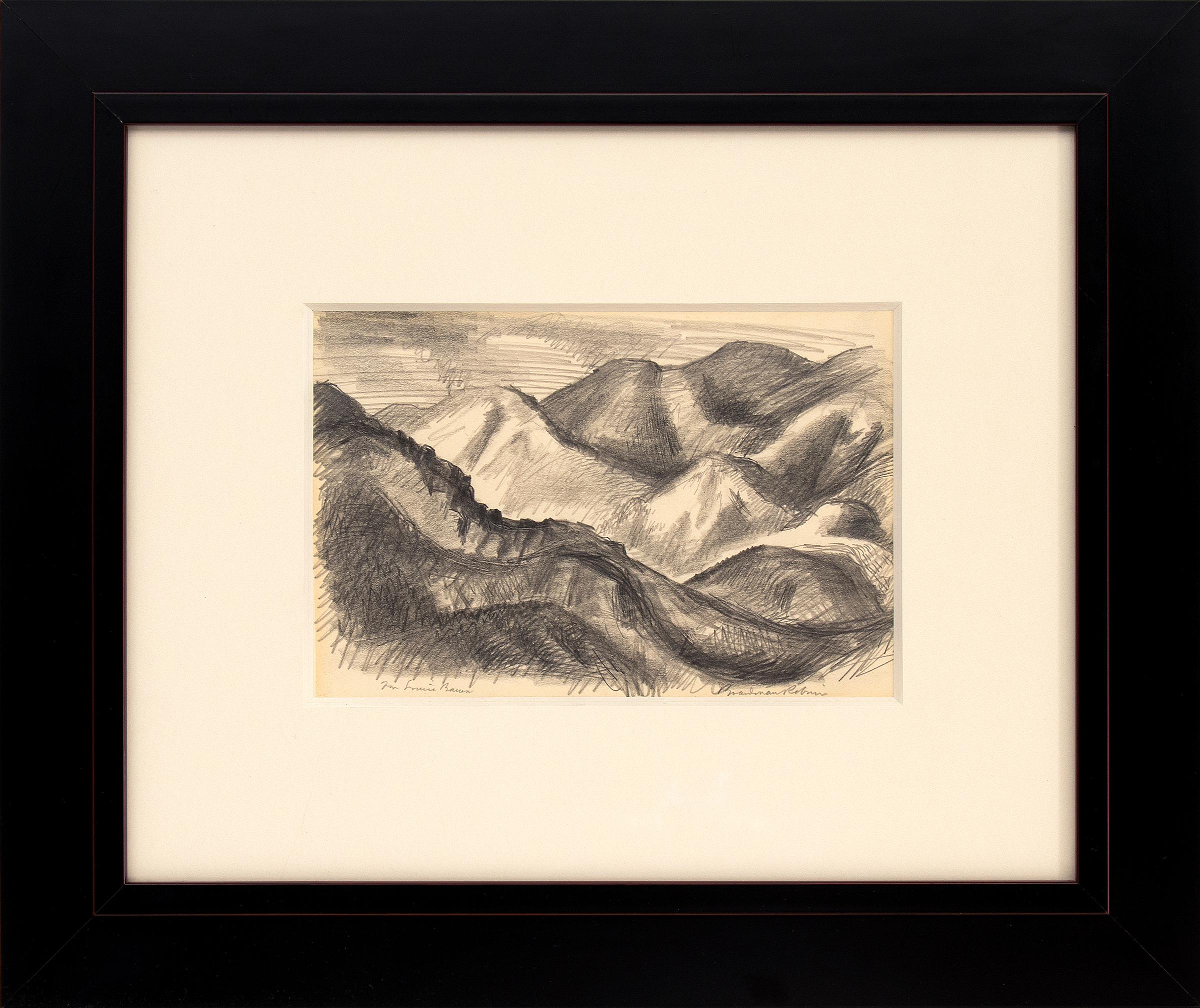



![[untitled] Street Scene with Fruit Vendor.](https://a.1stdibscdn.com/a_3312/1641486106885/sanchez_fruit_vendor_79509_master.jpg)
